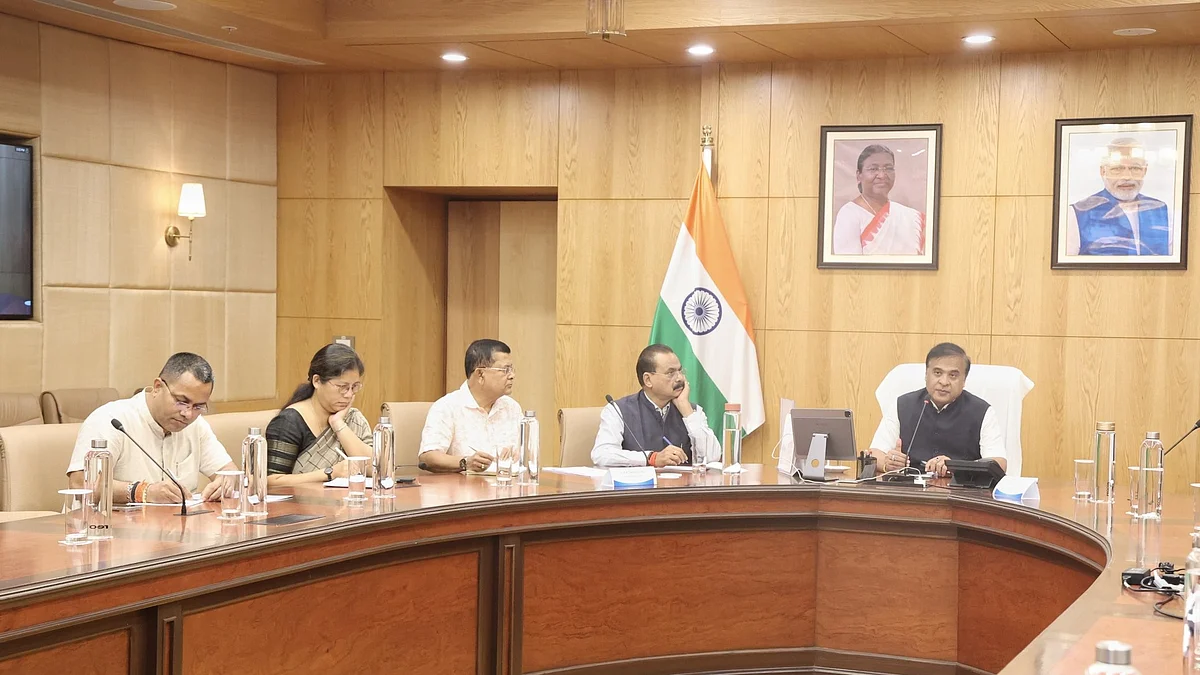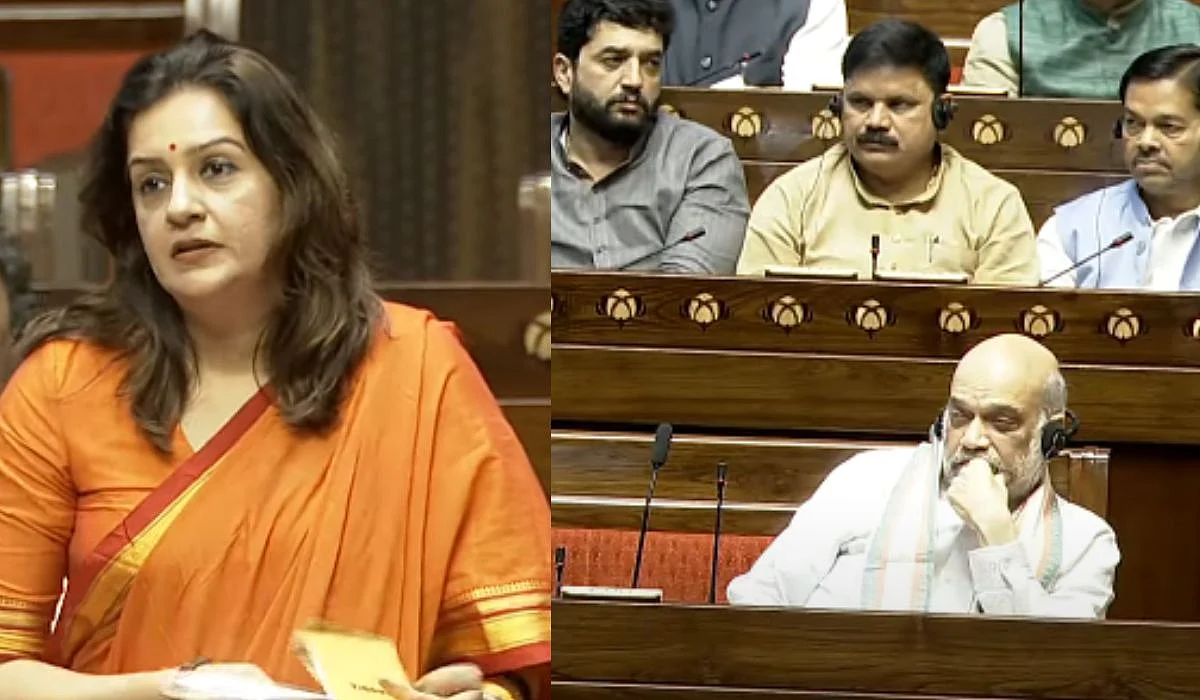New Delhi: The Indian Space Research Organisation (ISRO) and NASA are set to launch their collaborative Earth observation satellite, NISAR, on Wednesday, at 5:40 p.m. IST from the Satish Dhawan Space Centre in Sriharikota.
About The Mission
The mission, valued at $1.5 billion, aims to revolutionise the way we monitor Earth's surface, particularly in tracking natural disasters and environmental changes.
About NISAR
NISAR (NASA-ISRO Synthetic Aperture Radar) is a landmark project, marking the first time the Earth will be observed using dual-frequency Synthetic Aperture Radar, NASA’s L-band and ISRO’s S-band. These radars will be operated using NASA’s 12-meter unfurlable mesh reflector antenna, mounted on ISRO’s customized I-3K satellite bus.
Weighing 2,392 kilograms, the satellite will be carried into space aboard India’s GSLV-F16 rocket.
The satellite will be inserted into a sun-synchronous orbit at an altitude of 740 km, where it will scan the Earth’s landmass and ice-covered surfaces every 12 days with high-resolution imagery over a 242-kilometer swath, utilizing SweepSAR technology for the first time.
“The Earth observation satellite jointly developed by ISRO and NASA will be sent into space on July 30 by the GSLV-F16 rocket made in India,” said ISRO Chairman V. Narayanan.
He emphasised the satellite's role in providing 24x7 imagery regardless of weather or lighting conditions.

Speaking to reporters at the Chennai airport on Sunday night (July 27), Narayanan added, “It can take pictures of the Earth 24 hours a day in all weather conditions and the satellite can detect landslides, aid in disaster management and monitor climate change.”
Earlier on Sunday, the Department of Space said in a press release, "The NISAR mission combines the technological expertise of both agencies. NASA has contributed the L-Band Synthetic Aperture Radar (SAR), a high-rate telecommunication subsystem, GPS receivers, and a deployable 12-meter unfurlable antenna. ISRO, on its part, has provided the S-Band SAR payload, the spacecraft bus to accommodate both payloads, the GSLV-F16 launch vehicle, and all associated launch services."
(Except for the headline, this article has not been edited by FPJ's editorial team and is auto-generated from an agency feed.)









